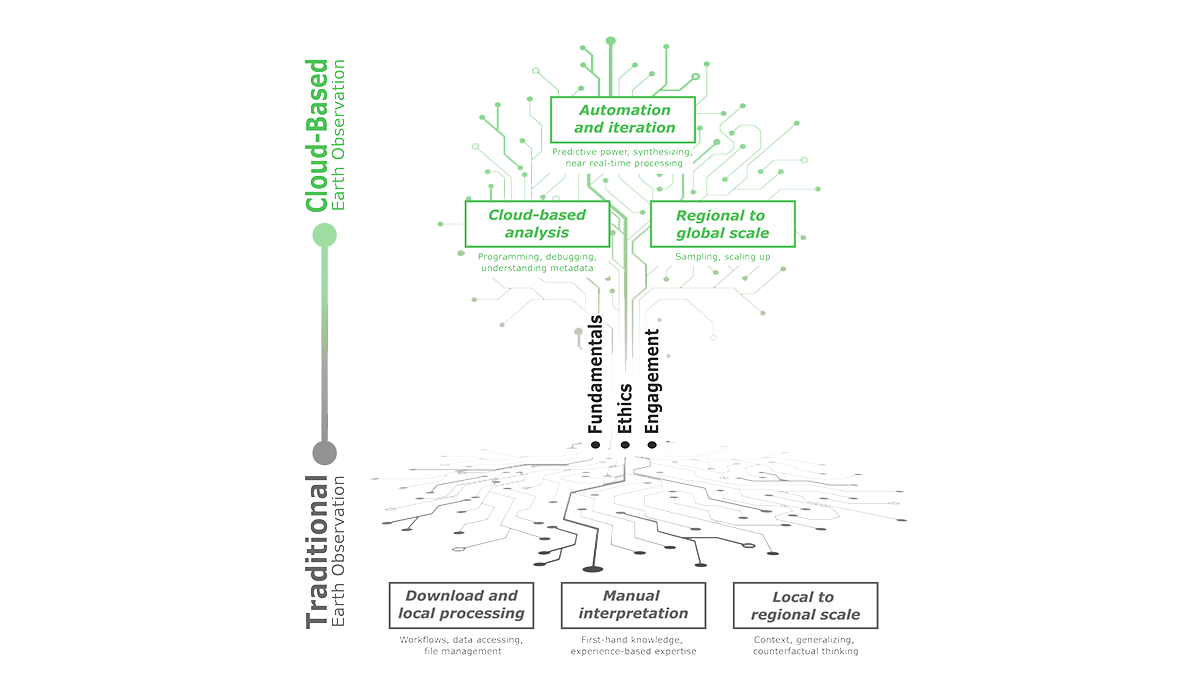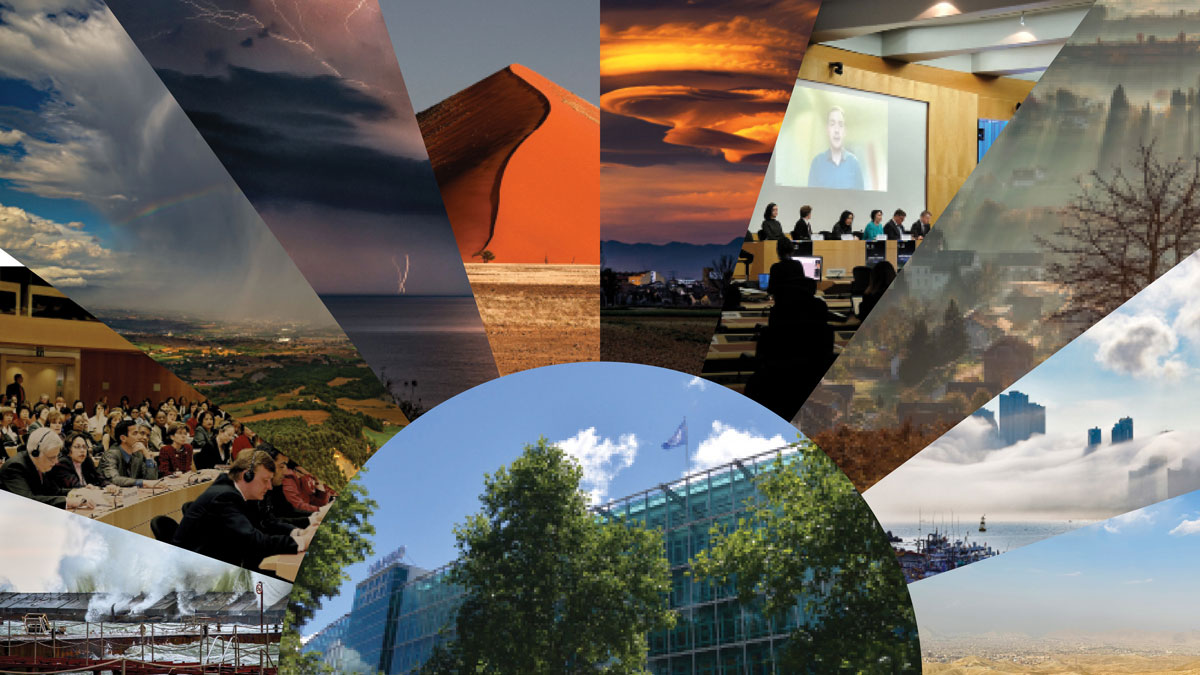From 1992 to 2019, 600,000 square kilometers of natural floodplains were lost globally due to land conversion.
open science
AI Could Reshape Climate Communication
If we can overcome its pitfalls, AI holds promise for improving trust in climate science and activating a largely disengaged public, with meaningful consequences for health and well-being globally.
A New, Underground Atlas of Subduction Zones
Submap merges graphic design with geodynamics, providing a fast, free, and user-friendly resource to map subduction zones.
A Holistic Approach to Hydropower Data
A new online platform offers comprehensive data and tools about U.S. hydropower assets, enabling data-driven decisionmaking at the energy–water nexus.
Education Lies Beneath the Clouds of Earth Observation
Cloud-based Earth Observation offers unique opportunities for education, but leveraging this requires new teaching methods that emphasize technical fundamentals, ethics, and stakeholder engagement.
Collins Gameli Hodoli: Air Quality Is Data Driven
The environmental scientist is making pollution levels public to draw nonscientists into the fight for clean air.
Frances Lightsom: Pivoting to Information Management
Frances Lightsom started her career as an oceanographer. Then she found delight in data.
Cee Nell: Making Data Visual
Nell turns vast columns of data into beautiful and understandable graphics.
An Open and Inexpensive ‘Fluxbot’ for Measuring Soil Respiration
An inexpensive system of automated gas sensors and open-source software, tested in a Kenyan savanna, will help democratize and expand science research on soil respiration.
WMO Weathered the Cold War, but Can It Survive Capitalism?
After 150 years of international cooperation, meteorology’s “vast machine” is adapting to private weather forecasting.










